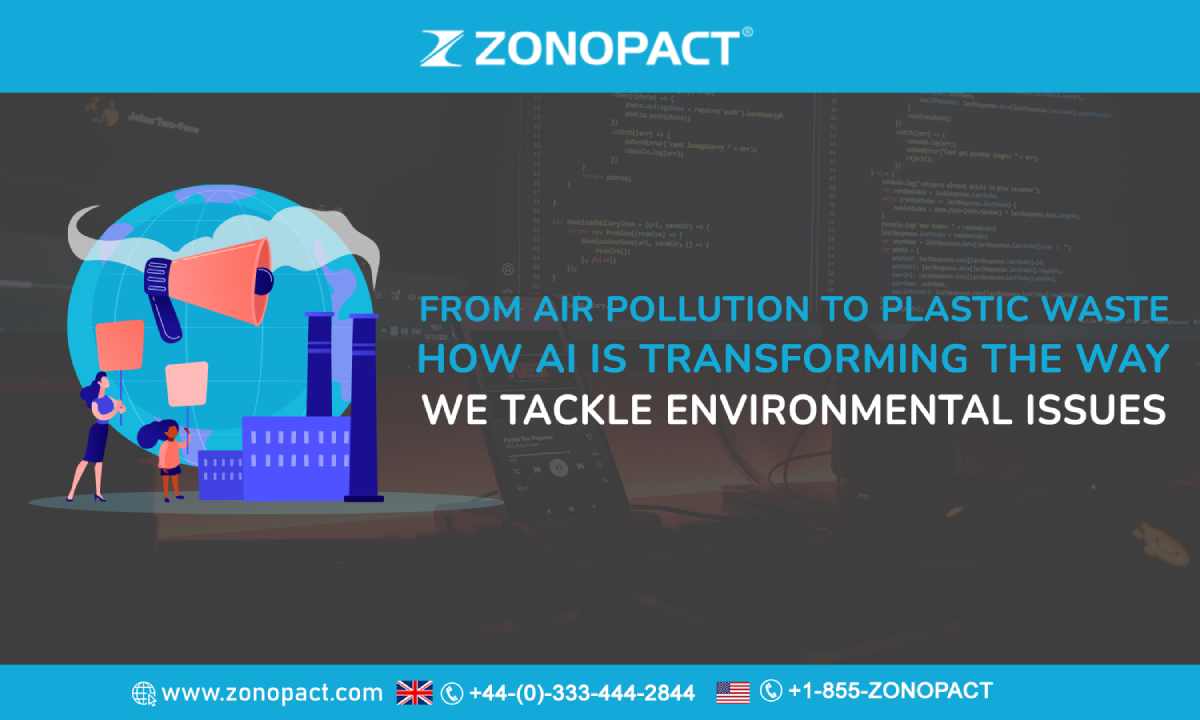
As the world becomes more aware of the environmental challenges we face, it’s becoming increasingly clear that we need innovative solutions to tackle these problems effectively. One such solution that’s gaining traction is the use of AI technology. From air pollution to plastic waste, AI is transforming the way we approach environmental issues by providing new tools and insights that can help us make better decisions and take more effective action. In this article, we’ll explore how AI is being used to address some of the most pressing environmental challenges we face today, and the ways in which it’s already making a difference. Whether you’re an environmental activist, a technologist, or just someone who cares about the future of our planet, this article will give you a glimpse into the exciting possibilities of AI in the fight against environmental degradation.